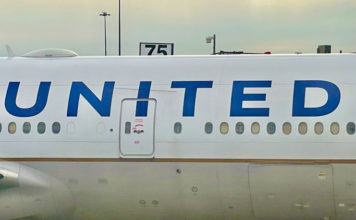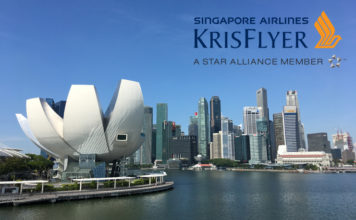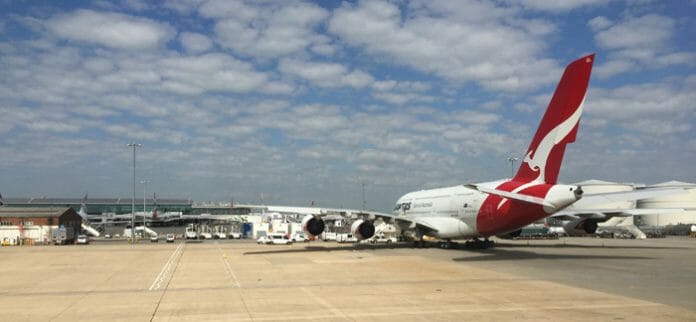
TravelingForMiles.com may receive commission from card issuers. Some or all of the card offers that appear on TravelingForMiles.com are from advertisers and may impact how and where card products appear on the site. TravelingForMiles.com does not include all card companies or all available card offers.
Some links to products and travel providers on this website will earn Traveling For Miles a commission which helps contribute to the running of the site – I’m very grateful to anyone who uses these links but their use is entirely optional. The compensation does not impact how and where products appear on this site and does not impact reviews that are published.
I like to use my weekends to catch up on travel news from around the world and to see what I may have missed in the week just past….and this weekend I noticed a very interesting piece in Australian Business Traveller about what Qantas is doing with a look to the future of long haul travel.
What interested me the most is that this wasn’t a piece about a new aircraft or a new premium cabin seat but, instead, it was a piece focusing on the work Qantas is sponsoring right which looks to use science to help travelers combat the challenges of ultra long-haul flight.
Ultra long haul flight is already here – I experienced it earlier this year when I flew Qatar Airways’ Auckland to Doha route (a distance of over 9,000 miles and scheduled to take up to 17.5 hours) – so passengers are already having to adapt to flight times they’ve not been used to.

I was lucky. My only experience of ultra long haul flight was done in the comfort of the Qatar Airlines Business Class cabin – most travelers aren’t so lucky.
The work Qantas is sponsoring is looking to change a whole variety of things that we accept as the norm on fights today including:
- The types of food and drink that passengers are served
- The passengers are fed and watered
- The lighting in cabins and in the lounges before flights depart
- Cabin temperatures
- The advice given to traveler before and after their flights
I love the sound of this!
The work is being done by “health & wellness” researchers at the University of Sydney who aim to work out how to help passengers have more comfortable flights and arrive in better shape than they do now.
 The Main Quadrangle of the University of Sydney – Image Wikipedia
The Main Quadrangle of the University of Sydney – Image Wikipedia
AUBT reports that the trigger for this collaboration was the launch of the airline’s Perth to London route using its 787-9 Dreamliner (set to take flight on 24 March 2018) but the results of this project will be rolled out across other international routes including ones to the US.
Alan Joyce (Qantas Group CEO) is said to be looking ahead to early next decade when the latest line of Boeing long haul aircraft are expected to make routes like Sydney – London (10,500+ miles) a reality and when passengers (especially in Economy Class) will be putting their bodies under stresses they’re simply not used (or probably prepared for).
Joyce is quoted as saying that Qantas hopes to have “an informed scientific basis to give people advice“…so what exactly are the scientists looking into?
Food & Beverages
Qantas hope to have a completely redesigned menu focused on ingredients and meals that not only don’t make travelers feel lethargic but actually give them a boost by encouraging the body’s metabolism.
Apparently there’s quite a bit to this science.
 Any chance Balik Salmon will make it on to the Qantas menu? 🙂
Any chance Balik Salmon will make it on to the Qantas menu? 🙂
Neil Perry (a well known Australian chef and restaurateur) is working with the scientists at Sydney University to work out which are the best ingredients to use and in which meals.
Perry is quoted as saying:
There are ingredients that relax you, there are ones that promote melatonin to help you sleep, and ones that energise your metabolism to help you get going again in the morning
We may offer something spicy for breakfast to pep up your metabolism and help get the gut moving, because the process of waking up physically happens through the stomach
It’s all about getting people ready in their eating and sleeping habits on board so they get to their destination feeling better
I have to hold my hands up and admit that I had no idea that you could get food ingredients which will prompt the body to produce melatonin (the hormone which helps regulate our body clocks) – where do I get some? That has to beat popping pills to avoid jet lag!
Importantly any developments that are made won’t just be used to enhance the travel of those who can afford to sit up front – the idea is to improve the travel experience for everyone right to the very back of the aircraft (as it should be!)
Cabin Changes
Lighting
As AUBT points out, the Dreamliners that Qantas will be flying on its longer routes already offer some of the best cabin features for long haul travel – lower cabin pressures and better air filtration being just two – but Qantas plans to use the highly customisable in-cabin lighting to improve things for passengers.
 Mood lighting on a Qatar Airways 787 Dreamliner
Mood lighting on a Qatar Airways 787 Dreamliner
Qantas hired a sleep expert (I’d love that job!) to visit Boeing and to learn about all the different lighting options the Dreamliner is capable of producing and to investigate the effect of the various options on passengers.
Results appear to show that certain wavelengths of light (i.e certain hues of cabin lighting) actually stimulate the body to produce melatonin (there’s that all important hormone again) so the expert was able to advise Qantas on which lighting combinations should be used at what part of the flight.
This will actually be put into practice when the Perth – London route takes off next year so it will be interesting to see if anyone reports have a more restful than normal flight once the route goes live.
Temperature
As I found out on my recent American Airlines flight across the Atlantic, cabin temperatures can get very hot and, if they’re not replicating the surface of the sun, they’re often giving a great demonstration of what the next ice age will be like – I really have no idea what cabin crew are thinking when they set the temperatures to extremes – but Qantas has this covered.
The airline is “mapping out a cabin temperature profile” for various routes it flys which, in layman’s terms, appears to mean that the cabin temperatures will change depending on the phase of the flight…presumably warmer when passengers are being encouraged to sleep and cooler when passengers should be waking up.
The Lounge

The new Qantas lounge in Perth will be joining in with the research…and this is an innovation I’d love to try out.
The shower suites will be fitted with a blue light….specifically because the wavelength of the light being emitted revitalizes the body (I need to get one of these lights for my home!). Qantas will be advising flyers to switch these lights on while they spend time in the shower suites before their flight (specifically the Perth – London flight) as this will help ensure they’re alert on the first third of the flight.
Apparently the research shows that the optimum trip pattern on the Perth – London route is to be awake and alert for the first third of the flight and asleep on the latter part of the flight.
A look a the flight schedule for this route would explain why this may be…..

…the flight arrives early in the morning so it makes sense that Qantas would want passengers to be asleep towards the end of the flight and waking in time to greet the UK morning.
Bottom Line
There is one big question that really needs answering amongst all this news about how Qantas is working to provide passengers with more comfort on ultra long haul flights – if Qantas is that invested in ensuring we all have a pleasant flight on its new 787 Dreamliners, why did the airline install 9 seats across the economy class cabin rather than follow JAL’s lead and just install 8? (I wrote about JAL’s latest plans for its 787-9 cabins last week).
Still, I’m going to choose to be positive about all of this news.
I love that Qantas is thinking about things like these.
It’s very clever of the airline to (a) be doing this and (b) to tell us that this is what it’s doing for our benefit – it makes me want to fly the airline more.
In an age when airlines appear to be all about what they can do for themselves it’s very refreshing to read a story about an airline looking at what it can do to make the customer’s experience better.
Hey airlines, remember the customer? We’re the ones who keep you in business so why not sit up and take a leaf out of Qantas book and at least appear to care about us. Thanks!

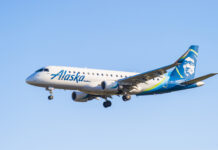
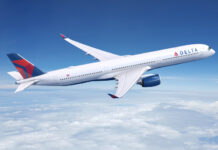
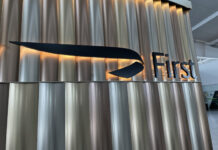
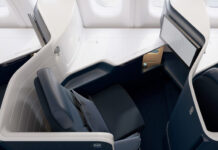
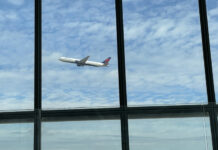
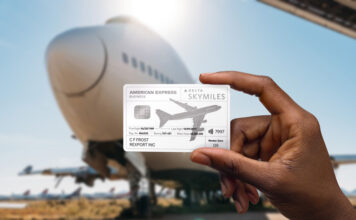

![The ideal 4 card American Express Membership Rewards team [Updated] a glass door with a picture of a man](https://travelingformiles.com/wp-content/uploads/2021/06/Amex-Centurion-Lounge-SFO-featured-741-356x220.jpg)
